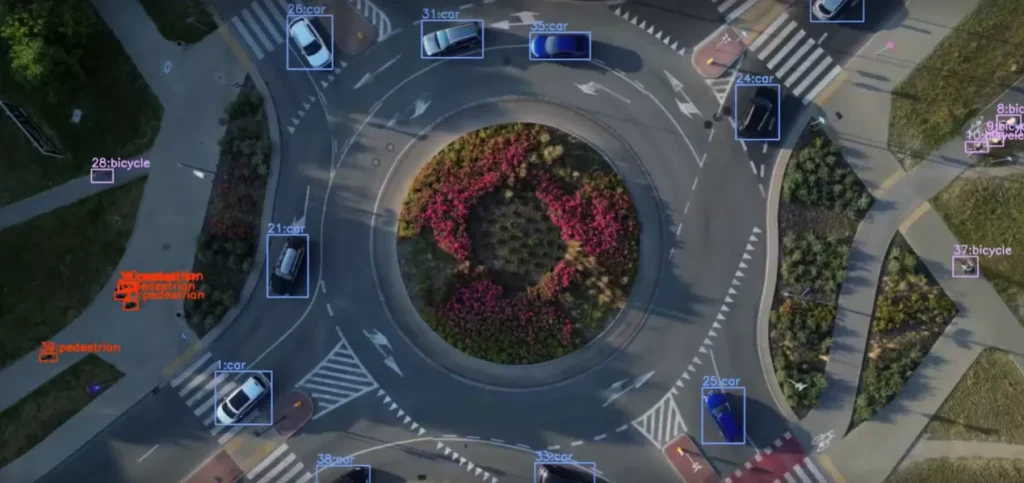
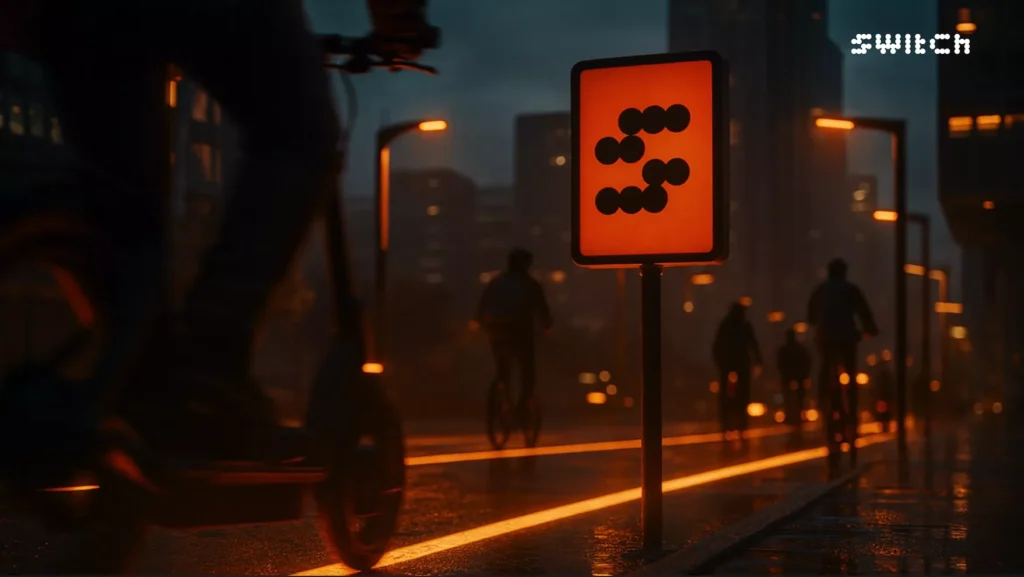
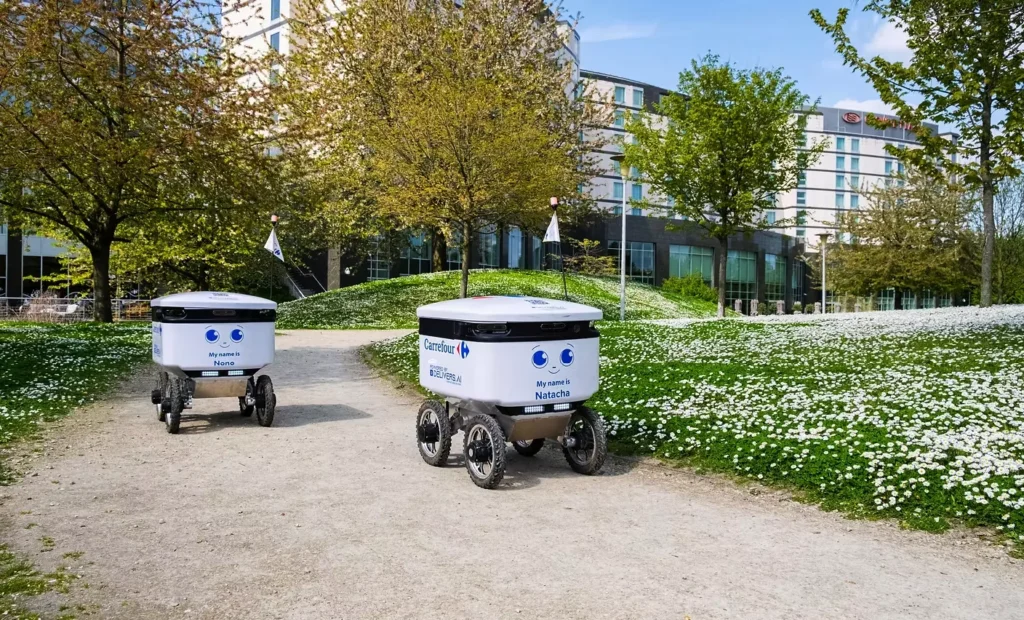
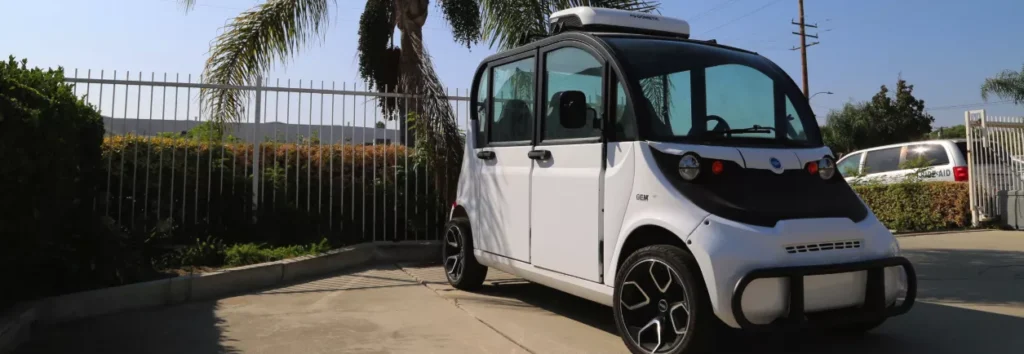
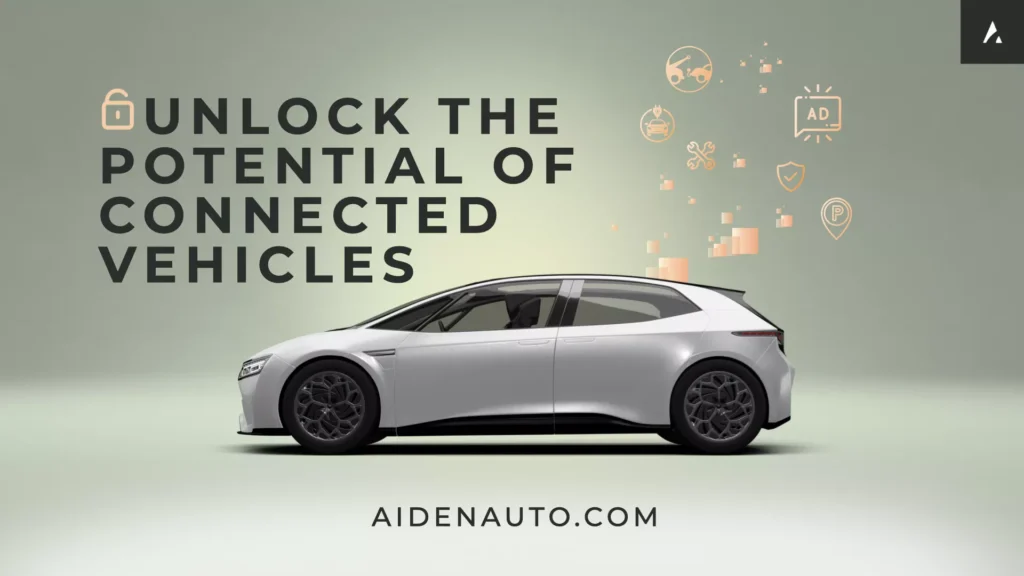





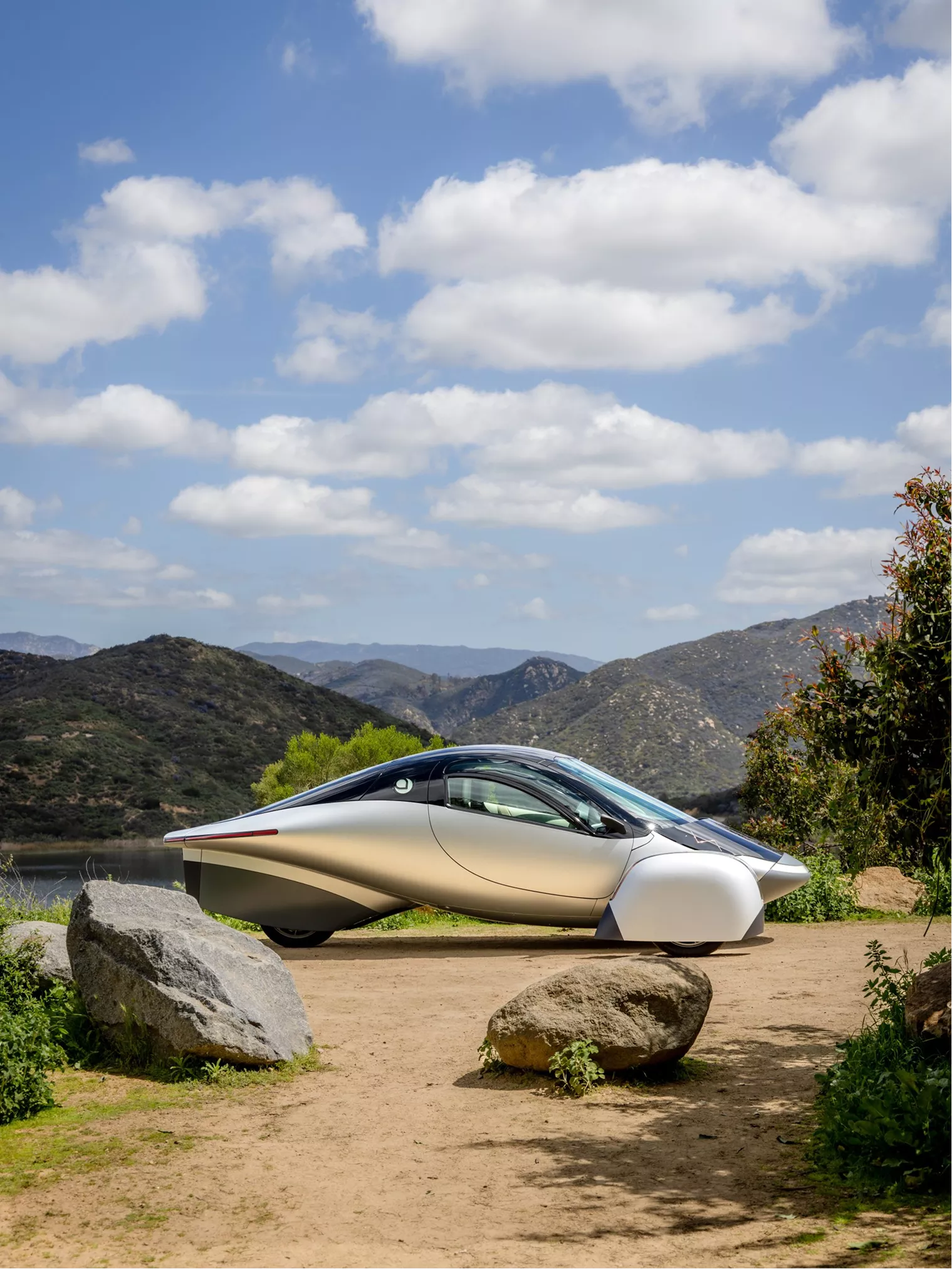
From EVs and batteries to autonomous vehicles and urban transport, we cover what actually matters. Delivered to your inbox weekly.
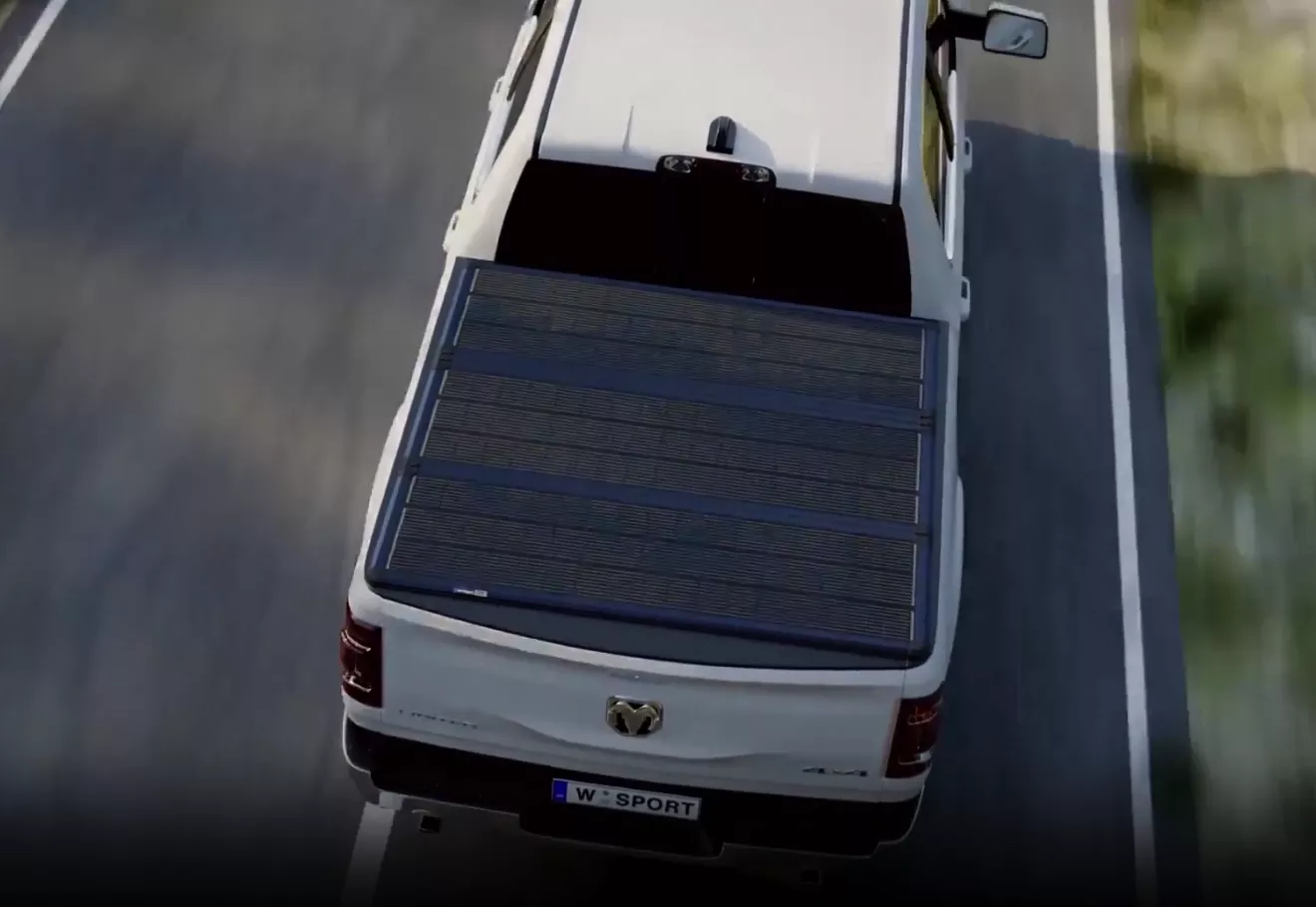
Pickup trucks have always had tonneau covers. They’re handy for storage, style, and keeping cargo dry.
Worksport asked a different question: what if those covers could generate power?
That single shift turned the company from a commodity parts maker into a clean-tech contender. Over the last few years, Worksport has gone from shipping standard folding covers to designing solar-integrated lids, portable power banks, and even next-generation heat pumps.
It’s a reinvention playing out on a public stage. Listed on NASDAQ and scaling a new US factory, Worksport now sits squarely at the crossroads of EVs, clean energy, and the $13 billion mobile power market.
Worksport’s story didn’t start with solar panels or portable batteries. Back in 2011, the company launched under the name Truxmart, selling traditional tonneau covers in a crowded aftermarket. The products were solid but undifferentiated, they were another accessory in a sea of truck parts.
The turning point came when Steven Rossi took over as CEO, steering the company toward something bigger than commodity hardware. Instead of competing on price in a race-to-the-bottom market, Worksport began filing patents, building new designs, and asking how truck accessories could fit into the energy transition.
That shift, from bolt-on utility to innovation-driven intellectual property, set the stage for everything that followed: solar-integrated covers, companion energy storage, and a product roadmap that stretches far beyond truck beds.
The company now offers more than covers, with products built around energy and innovation.
Worksport’s starting point is still truck covers — but not the commodity kind. The AL Series anchors the business as a U.S.–made, heavy-duty lineup built for everyday use and dealer sales.
The first models, the AL3 and AL3 PRO, came out of the new West Seneca, NY factory and proved the company could deliver quality at scale while keeping margins strong
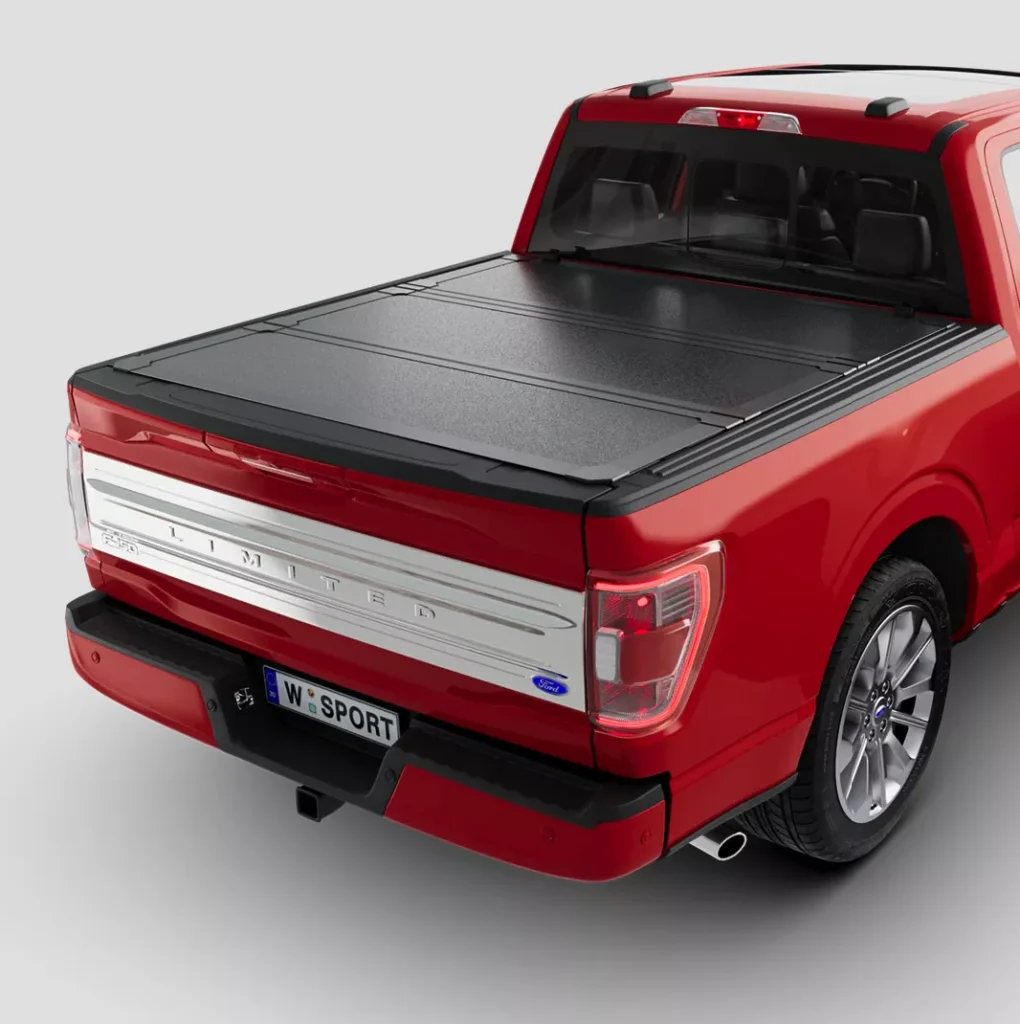
In 2025, momentum picked up with the AL4, a flip-up tri-fold that gives nearly full bed access, built from thicker aluminum panels than typical aftermarket covers and finished with a durable ceramic DiamondSHIELD coating.
With more than 90% domestic content and fitments rolling out for Ford, GM, and Ram, it quickly became a sales driver.
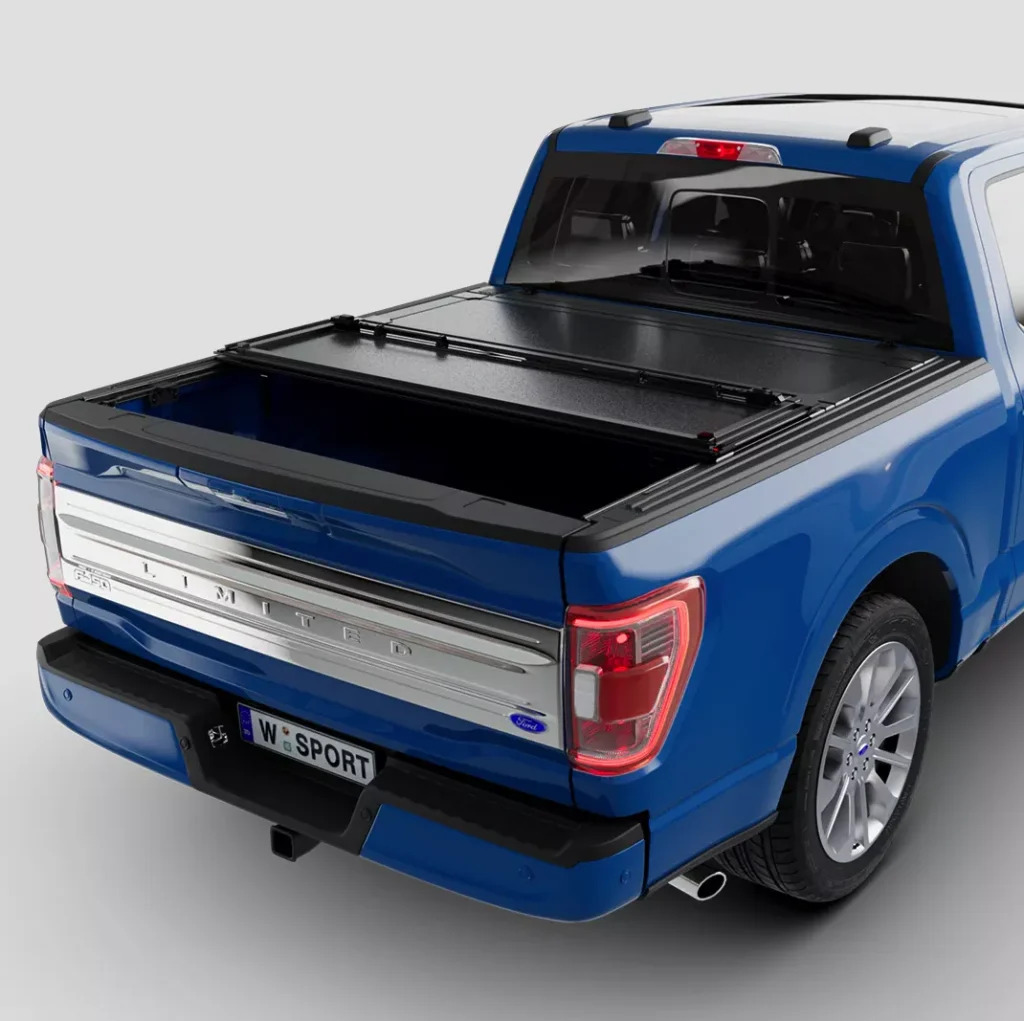
The next release, the HD3 (late 2025), is aimed at contractors and fleets, with extra focus on longevity, weather resistance, and easy service.
Taken together, the AL Series provides Worksport with stable, recurring revenue, strong dealer relationships, and a branded platform to build on as its energy products come to market.
SOLIS takes a familiar product, the folding truck bed cover, and makes it work harder. High-efficiency solar cells are built into the panels, with wiring and onboard electronics designed to keep producing power even when the cover is only partly open or tilted.
The system is protected by a US patent filed in 2024 that covers both the way the panels integrate and the folding architecture. Worksport pairs it with MPPT electronics, so energy harvest stays high and works across different truck setups.
The rollout starts with the biggest pickup markets – Ford F-Series, Chevy Silverado/GMC Sierra, and Ram – and will eventually include electric trucks as well.
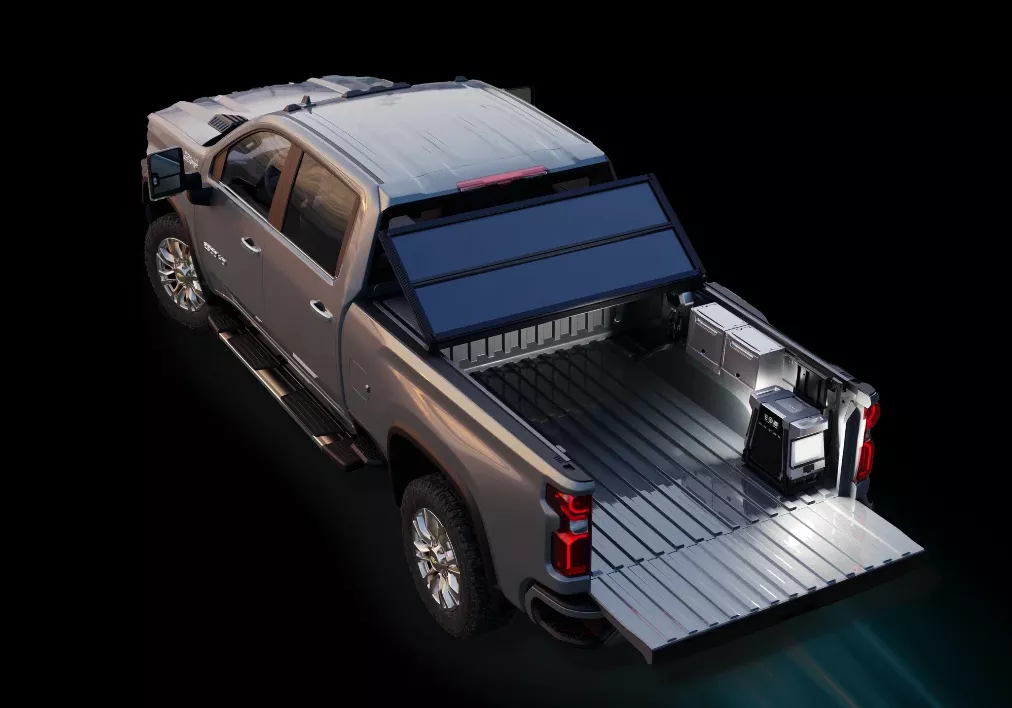
In terms of output, Worksport says SOLIS can deliver up to 2,000 miles of extra EV range per year in favorable conditions. For gas or hybrid trucks, it acts as steady DC power for tools, appliances, or camping gear.
The bigger bet: tonneau covers already sell in the millions each year. By turning them into solar harvesters, Worksport is aiming to move trucks into the clean-energy game, one bed cover at a time.
COR is Worksport’s portable power pack, sized like a toolbox to sit neatly in a truck bed. It charges from three sources – the SOLIS solar tonneau, a standard wall outlet, or the truck’s own DC – so owners don’t need to rely on one setup to keep it full.
Once charged, COR delivers both AC and DC output. That makes it useful across jobsites, camping trips, or as backup power when the grid goes down. In a pinch, it can even trickle-charge an EV.
And safety was built in from the start: Worksport partnered with KULR Technology to design the modules, adding thermal shielding and a smart battery management system that monitors performance in real time.
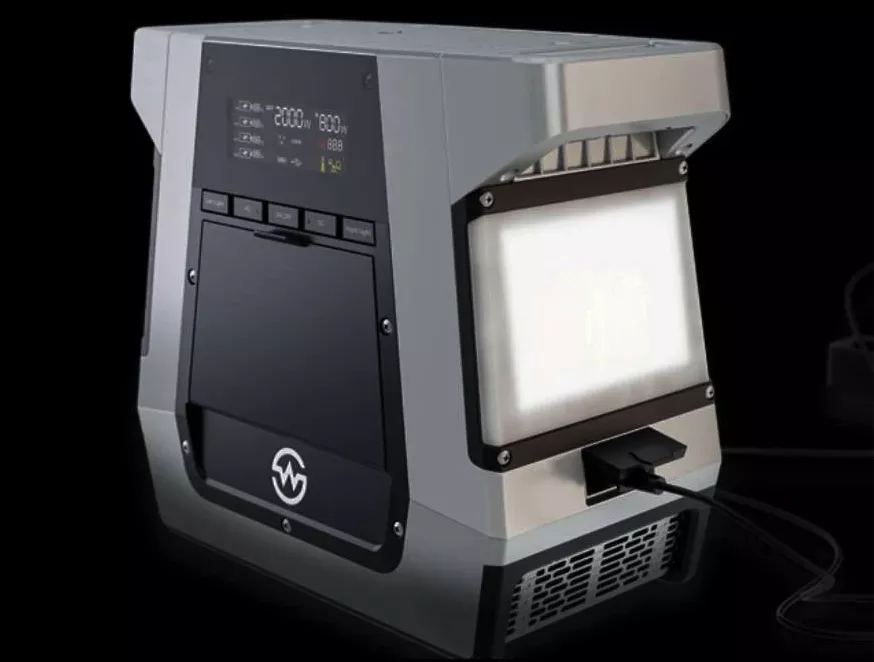
Launching alongside SOLIS in late 2025, COR completes the equation. The cover generates power, the battery stores it, and together they turn a truck into a mobile nano-grid. For contractors, fleets, and overlanders, that’s a real alternative to hauling a noisy gas generator.
Cold weather is where most heat pumps stumble. Conventional systems burn extra energy in repeated defrost cycles, sapping performance just when efficiency matters most.
Through its Terravis division, Worksport is developing the AetherLux™ “ZeroFrost” heat pump, designed to maintain output in sub-freezing conditions without that constant energy penalty. Early internal results are now undergoing third-party validation.
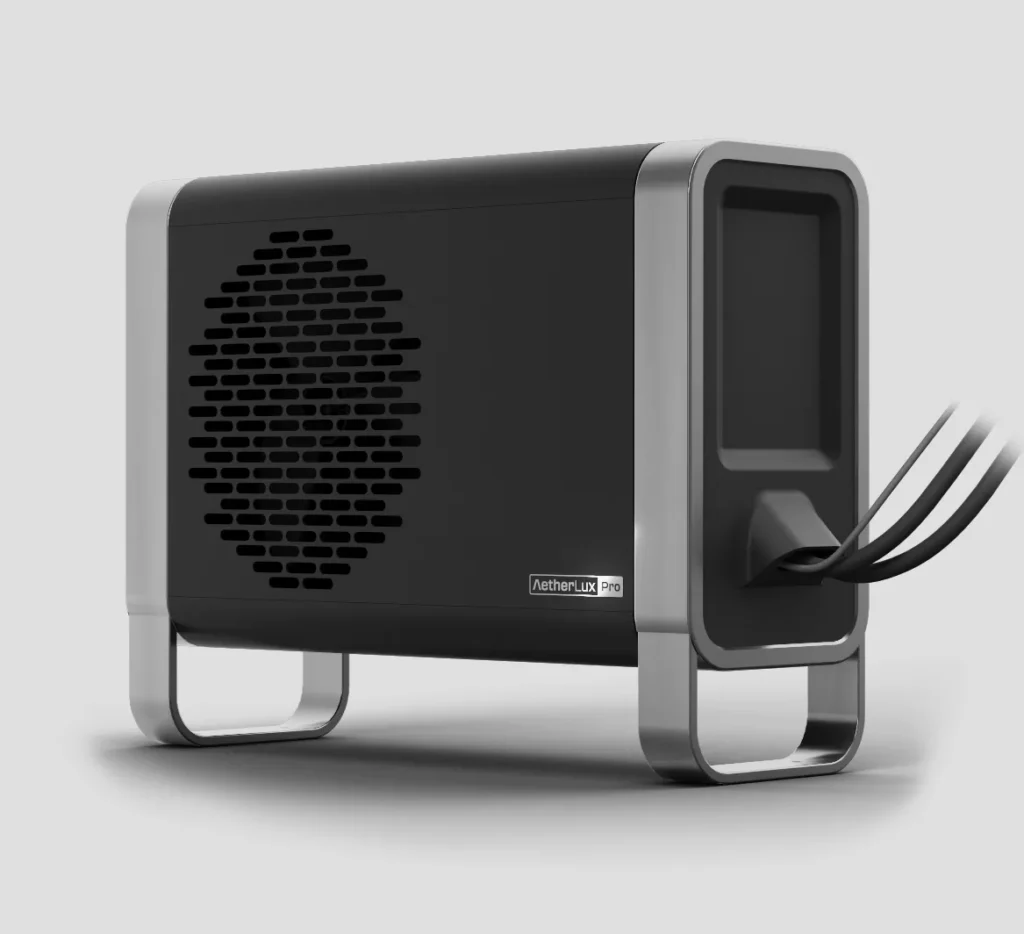
The company is aiming for a mid-2026 launch and is exploring both in-house manufacturing and licensing agreements to scale the technology.
If successful, ZeroFrost could extend Worksport’s reach well beyond pickup trucks – into HVAC, EV climate control, and stationary clean energy systems where cold-weather reliability is often the missing piece.
Worksport’s biggest bet is pairing its SOLIS solar tonneau cover with the COR portable battery system. Together, they turn a pickup truck into a mobile nano-grid. The cover captures solar energy, the battery stores it, and the truck becomes a platform for clean, distributed power.
For EV owners, that means tangible range benefits. Worksport estimates that SOLIS can add up to 2,000 miles of driving per year under favorable conditions – a meaningful offset to charging needs. For contractors, overlanders, or households, the value shows up in other ways: powering jobsite equipment without generators, keeping devices running off-grid, or providing silent backup during power outages.
COR is designed to work seamlessly with SOLIS but can also charge from the grid or vehicle DC. Once full, it delivers both AC and DC output, essentially giving a pickup the utility of a portable power station that scales with the truck’s use case.
Behind the concept is a significant IP moat. With over 160 patents and filings, Worksport has secured protection across solar integration, folding mechanics, and storage design. That coverage defends SOLIS and COR as products – and it positions the platform as one of the few protected, scalable pathways for turning light trucks into energy systems.
Worksport’s shift from outsourcing to domestic production centers on its 156,000-square-foot factory in West Seneca, New York. The facility, certified to ISO 9001 standards and sourcing about 90 percent of materials from US suppliers, gives the company a strong “Made in USA” position as it scales.
A recent $6 million expansion added eight new production lines, boosting daily capacity from about 50 covers to nearly 900. That step-change in output supports both current AL Series sales and upcoming launches like SOLIS and COR.
The plant also has a regional impact. Backed by New York State incentives, Worksport expects to add up to 280 jobs in the Buffalo area. For a company that once relied on rebranded imports, the shift marks its evolution into a full-scale manufacturer with one of the largest dedicated tonneau and solar cover facilities in North America.
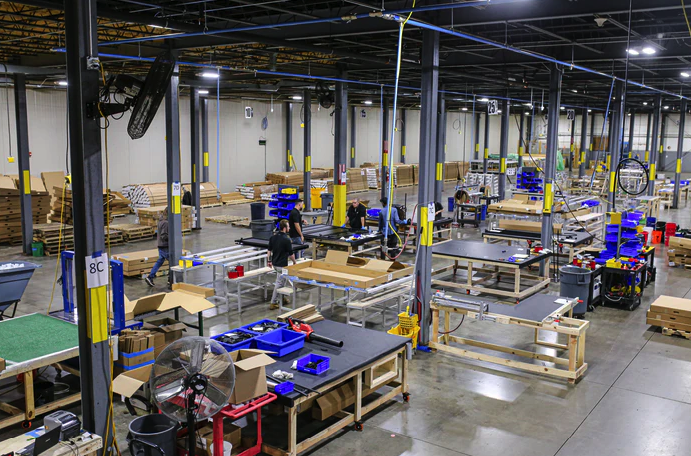
Worksport’s shift from commodity truck covers to energy-focused products is reflected in its financials. Revenue rose from $1 million in 2023 to $8.5 million in 2024, with guidance for $20–34 million in 2025 as new product lines scale.
Momentum is visible at the monthly level, too. Sales hit $1 million per month by late 2024 and reached $1.7 million per month by mid-2025, a dramatic change for a company that previously operated in low-volume territory.
Margins are expanding alongside revenue. After operating at just 7% in 2023, Worksport grew its gross margin to 18% in 2024 and reported 31% in July 2025. That trajectory supports its target of breakeven and potential profitability by the end of 2025.
For a NASDAQ-listed startup once written off as a niche accessories maker, the numbers show a company moving into growth-stage clean tech manufacturing at speed.
Worksport isn’t trying to scale its clean-tech lineup alone. The company has built a web of partnerships that stretch from OEM fitments to federal buyers, giving its products credibility across markets.
On the OEM side, Worksport has collaborated with Hyundai on a solar-integrated tonneau cover and developed fitments for the Rivian R1T, a move that ties its tech to the leading edge of the EV pickup space. These projects are less about volume today than about positioning – proof that the SOLIS and COR systems can integrate with next-generation trucks.
Battery technology partners are another critical layer. KULR Technology supplies thermal management and safety solutions, while Infineon provides GaN semiconductors for Worksport’s energy systems. Both deals strengthen the technical foundation of the SOLIS + COR ecosystem, adding credibility in a space where safety and efficiency are non-negotiable.
On the distribution front, Worksport has signed major dealer agreements with Patriot Automotive (covering more than 200 US shops) and Dix Performance North in Canada. The company is also leaning heavily into e-commerce, with sales channels on Amazon, Walmart, eBay, and its own direct-to-consumer platform.
And then there’s the government angle. Worksport recently fulfilled its first US federal agency orders, opening the door to large-scale fleet opportunities where cost savings, energy resilience, and “Made in USA” credentials all align.
Taken together, these partnerships are all about embedding Worksport into the broader EV and clean-power ecosystem.
Worksport’s growth hasn’t been fueled by the kind of “toxic financing” traps that sink many small-cap hardware plays.
Instead, the company has leaned on measured growth capital, raising $6.7 million in 2025 on top of $4.8 million cash reserves, while insiders have been buying stock at premium prices, signaling confidence in the long game.
But the real moat is intellectual property. Worksport now controls a portfolio of 160+ patents and filings spanning solar integration, portable energy storage, and cold-climate heat pumps.
That IP both protects its SOLIS and COR systems, and it gives leverage in negotiations with OEMs and suppliers.
To reduce legal exposure, Worksport also joined the LOT Network, a consortium designed to shield members from patent-troll litigation. For a company scaling from $1M to $30M+ revenue in just two years, that protection is one of the best ways to defend momentum while keeping legal risks in check.
Worksport’s products may bolt onto pickup beds, but the market they’re chasing is much bigger than truck enthusiasts. The mobile power sector is forecast to top $13 billion by 2030, spanning everyone from contractors to government fleets.
For municipalities and agencies, solar covers and portable batteries mean backup power that’s clean, mobile, and cheaper than diesel gensets. For contractors and campers, it’s jobsite electricity and off-grid comfort without noise or fumes.
In disaster relief, a SOLIS + COR setup could deliver fast-deployable nano-grids where the grid itself is down.
Then there’s the Terravis ZeroFrost heat pump, a cold-climate HVAC system that could reset expectations for EV heating efficiency — and eventually play in broader building and residential markets.
The vision is clear: Worksport doesn’t just want to sell covers. It wants to stand at the intersection of clean energy and mobility infrastructure, bridging trucks, grids, and everyday power needs with one integrated product ecosystem.
The next 18 months are make-or-break for Worksport. The company is lining up two flagship launches: the HD3 tonneau cover in Q3 2025 and the long-awaited SOLIS solar cover + COR battery system in Q4 2025.
If guidance holds, 2025 will be the year Worksport reaches profitability and $30M+ in annual revenue, supported by a broader dealer footprint across North America.
By 2026, the target is clear: full continental coverage, licensing opportunities with OEMs, and the first steps toward international expansion.
The trajectory shows how a once-niche accessories maker is becoming a player in clean energy and mobility. Worksport is proving that even something as simple as a truck cover can become the foundation for the clean energy economy.
Interested in learning more about the company? This September, we did an interview with Steven Rossi, CEO of Worksport. Catch it here.